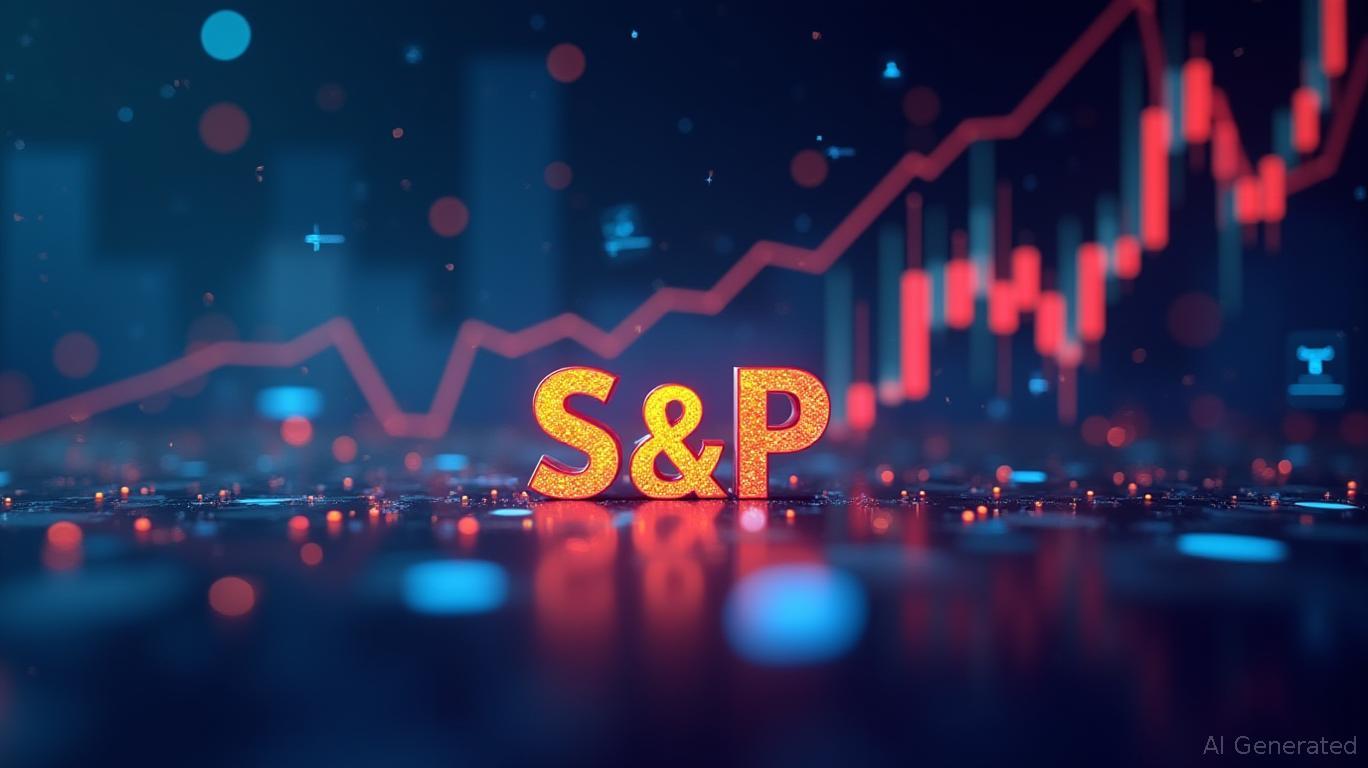Tech Strength and Bank Buys Buoy Nasdaq, S\u0026P While Dow Lags Amid Labor Market Jitters
The third year of a bull market is the most dangerous. Guess what year we’re in right now?U.S. stocks ended mixed Wednesday as investors weighed signals of a weakening labor market against optimism

U.S. stocks ended mixed Wednesday as investors weighed signals of a weakening labor market against optimism surrounding tech sector momentum and aggressive capital return plans by major banks.
The Nasdaq Composite led gains, rising 190.24 points, or 0.94%, to close at 20,393.10—hitting a new closing high. The S&P 500 followed suit, gaining 29.41 points, or 0.47%, to finish at 6,227.04. Meanwhile, the Dow Jones Industrial Average slipped 10.52 points, or 0.02%, ending the day at 44,484.40.
The Russell 2000, a benchmark for small-cap stocks, outperformed all major indexes with a 1.39% climb, adding 3.03 points to close at 221.04.
Wednesday’s session unfolded against the backdrop of a critical week for labor market data. Investor attention is focused squarely on Thursday’s June nonfarm payrolls report, which follows a jarring miss from ADP. The private payrolls provider reported a loss of 33,000 jobs in June, the first contraction since March 2023 and a stark divergence from consensus expectations of a 111,000 gain.
Despite the ADP shock, markets displayed remarkable resilience. The Nasdaq and S&P 500 pushed to fresh highs, indicating that investors may be embracing the “bad news is good news” narrative—seeing weak labor data as justification for Federal Reserve rate cuts. Fed funds futures now price in a 25% probability of a rate cut in July, up from 21% prior to the ADP release.
Driving Nasdaq’s advance was renewed enthusiasm in the tech sector following Microsoft’s announcement of 9,000 job cuts, or about 4% of its workforce. The layoffs are part of a broader strategy to streamline operations and pivot aggressively into artificial intelligence. While unsettling, the cuts are seen as margin-accretive, especially given Microsoft’s robust earnings and its $80 billion AI infrastructure push.
“The company aims to streamline operations and reduce layers of management between top leadership and individual contributors,” a Microsoft spokesperson said in a statement.
Financials were another bright spot. Large banks are flexing their capital strength after passing the Federal Reserve’s 2025 stress tests. JPMorgan Chase authorized a $50 billion buyback and raised its dividend to $1.50 per share, while Goldman Sachs hiked its payout by 33% to $4.00. Morgan Stanley and Bank of America followed with similar announcements, reflecting confidence in regulatory easing and stable capital buffers.
Still, the modest decline in the Dow suggests lingering investor caution. The index was weighed down by more cyclically sensitive components amid concerns about weakening job growth and slowing wage momentum. Analysts expect Thursday’s payrolls report to show a gain of just 110,000–115,000 jobs, with the unemployment rate ticking up to 4.3%.
Disclaimer: The views in this article are from the original Creator and do not represent the views or position of Hawk Insight. The content of the article is for reference, communication and learning only, and does not constitute investment advice. If it involves copyright issues, please contact us for deletion.